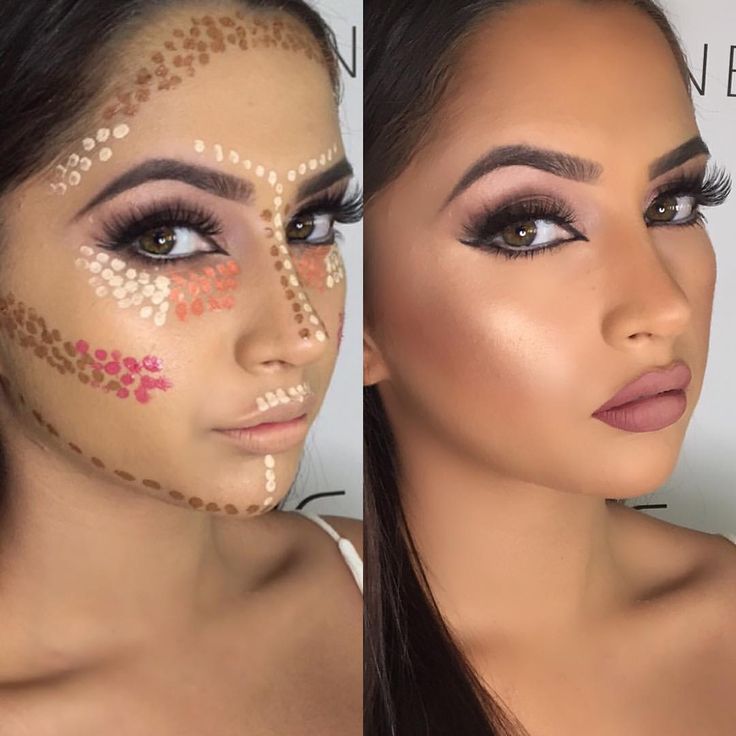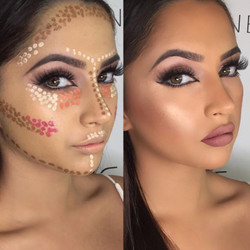Why Contouring Is Ruining Your Everyday Makeup Look
Posted by Trudy Petith on 6th May 2016
The truth about contouring...and when NOT to use it!
Although women around the world are going crazy by contouring with makeup and creating beautiful, doll-like faces, the truth is, contouring outside the photographic studio makes the look completely contrived and unrealistic. Makeup and contouring only works well with proper lighting, and even the best makeup technique can’t get you the desired look, if you’re not in the right lighting.
Ever wondered why the makeup looks seen on the red carpet look excessive in real life? Our favourite celebrities are always in front of the camera, and they’ll never look like they have a cake face. This is because they are have engineered lighting, while the rest of us are left with natural sunlight or florescent lighting at best. Those contoured looks that you see in the glossy mags work because of the environment in which they are used. Contouring looks great in photos, especially in black and white photographs.
For example, if you were to do your normal, everyday make up, with the slightest of contouring using your bronzer and concealer, you will contour to create a shadow with a darker shade, and make something look deeper, while highlight and pull something out by using a light shade. But, if you were to apply that same technique before taking black and white photos, you’d see that your face is too round and flat, and everything on the photo looks blurred. The eyes and other features of the face are not accentuated, that’s why high contrast contouring is suited best for black and white photography.
Photographers play around with lighting to achieve desired affects, but the natural contours of the face can cast a shadow, and this is where contouring plays an important role. That’s when contouring is really necessary, to reduce the effects of the photographer’s light that creates unwanted shadows. Usually, photographers highlight the areas that are in the shadow after the light hits them. This is usually under the cheekbones, below the bottom lip and the sides of the nose. They might even over highlight, which might look unflattering in person, but translates beautiful in photography.
The reality is, contouring does add depth and dimension to the face, but it isn’t necessarily a technique that should be adapted for your everyday routine. When we work with our clients for special events, we apply the techniques suited to each client. We adapt what will suit you best rather than execute the same contouring technique on everyone, that won’t always highlight your best features.


